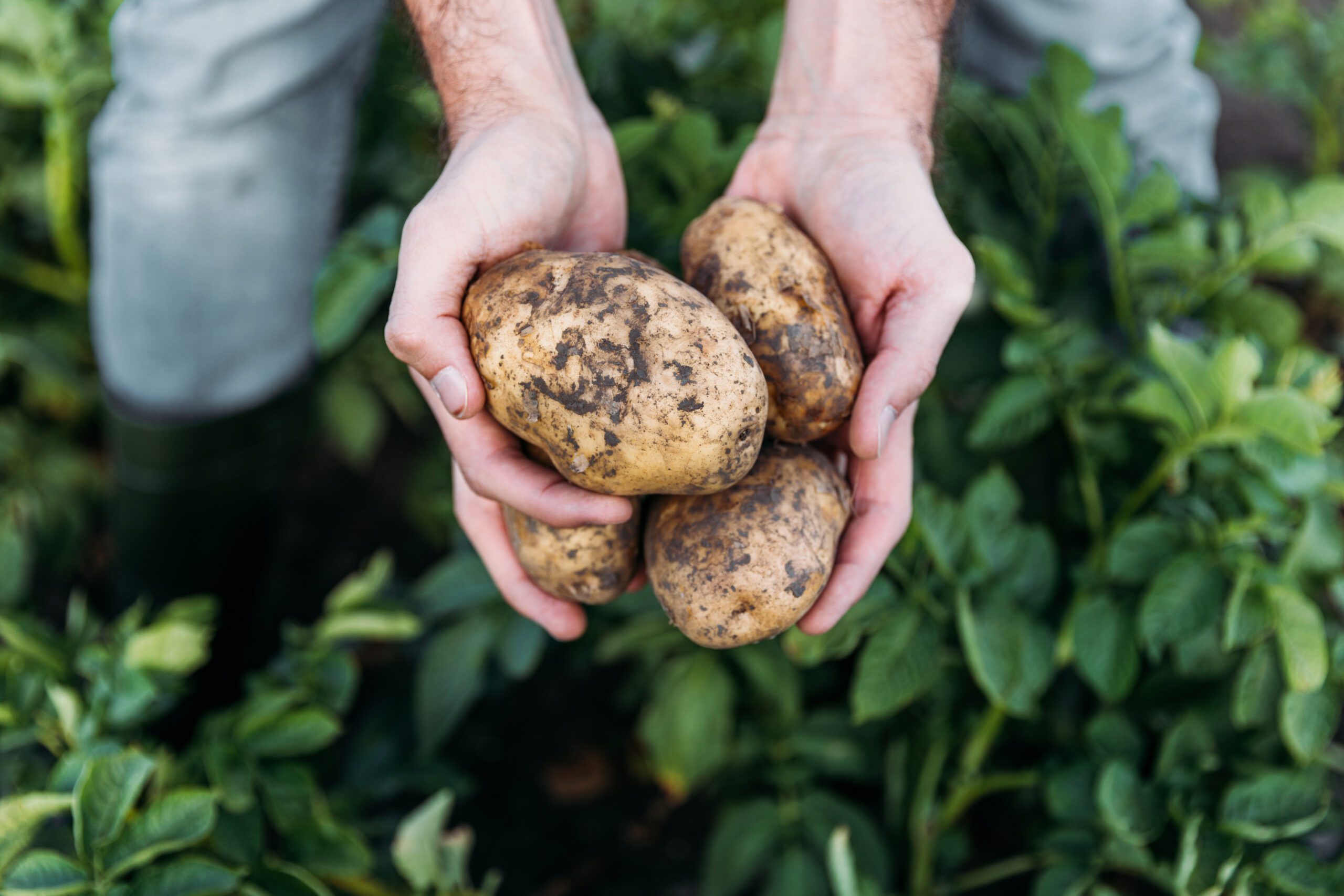When it comes to managing our health, sometimes the simplest solutions can have the most significant impact. Enter resistant starch—a not-so-talked-about but potentially game-changing nutrient in the world of blood sugar management. So, what exactly is resistant starch, and how can it help us in our quest for better health? Let’s break it down in everyday terms and explore how this humble nutrient could make a real difference in your life.
What is Resistant Starch?

Potatoes: A tasty source of resistant starch! Boost your blood sugar control and gut health by adding them to your meals.
Resistant starch, despite its name, isn’t a stubborn foe lurking in your pantry. Instead, it’s a type of starch that resists digestion in the small intestine and reaches the colon intact. Once there, it becomes fuel for our gut bacteria, undergoing fermentation and producing valuable byproducts like short-chain fatty acids.
The Magic of Resistant Starch: Blood Sugar Regulation
Now, let’s get to the heart of the matter: how does resistant starch impact our blood sugar levels? Studies have shown that resistant starch can work wonders for our metabolic health. Here’s how:
- Improved Insulin Sensitivity: Imagine your body’s cells as eager listeners, awaiting instructions from insulin. Resistant starch helps make these cells more receptive to insulin’s messages, thereby improving insulin sensitivity. This means better blood sugar control and reduced risk of insulin resistance-related conditions like type 2 diabetes and metabolic syndrome.
- Post-Meal Blood Sugar Control: Ever experienced a post-meal energy crash or felt like your blood sugar levels were on a rollercoaster ride? Resistant starch can help stabilize this ride by lowering blood sugar levels after meals. What’s even more remarkable is its “second meal effect,” where consuming resistant starch with breakfast can influence blood sugar levels at subsequent meals, like lunch.
Practical Incorporation into Daily Life
Now that we understand the benefits, how can we practically incorporate resistant starch into our daily routines? Here are some simple yet effective strategies:
- Start with Whole Foods: Look for natural sources of resistant starch in foods like green bananas, cooked and cooled potatoes or rice, legumes, and certain whole grains.
- Be Mindful of Cooking Methods: Opt for cooking methods like boiling and then cooling, as this enhances the formation of resistant starch in certain foods.
- Add to Meals and Snacks: Sprinkle cooked and cooled potatoes over salads, blend green bananas into smoothies, or toss legumes into soups and stews for an added boost of resistant starch.

Rice: A hidden gem of resistant starch! Enhance your blood sugar stability and gut health by enjoying cooked and cooled rice in your favorite dishes.
In the pursuit of vibrant health and stable blood sugar levels, resistant starch emerges as a formidable ally. By improving insulin sensitivity, lowering post-meal blood sugar spikes, and supporting gut health, it offers a holistic approach to metabolic wellness.
While the science behind resistant starch’s benefits is compelling, it’s essential to remember that individual responses may vary. Experiment with incorporating resistant starch into your diet and observe how your body responds. As with any dietary change, consult with a healthcare professional or registered dietitian for personalized guidance tailored to your unique needs and goals.










